The Elder Scrolls franchise has one of the best immersive and fantastical lore ever created for any open-world fantasy game. There are many tales, myths, and mysteries to sink your teeth into, but one of the most fascinating elements is the ability to interact with the gods of Nirn.
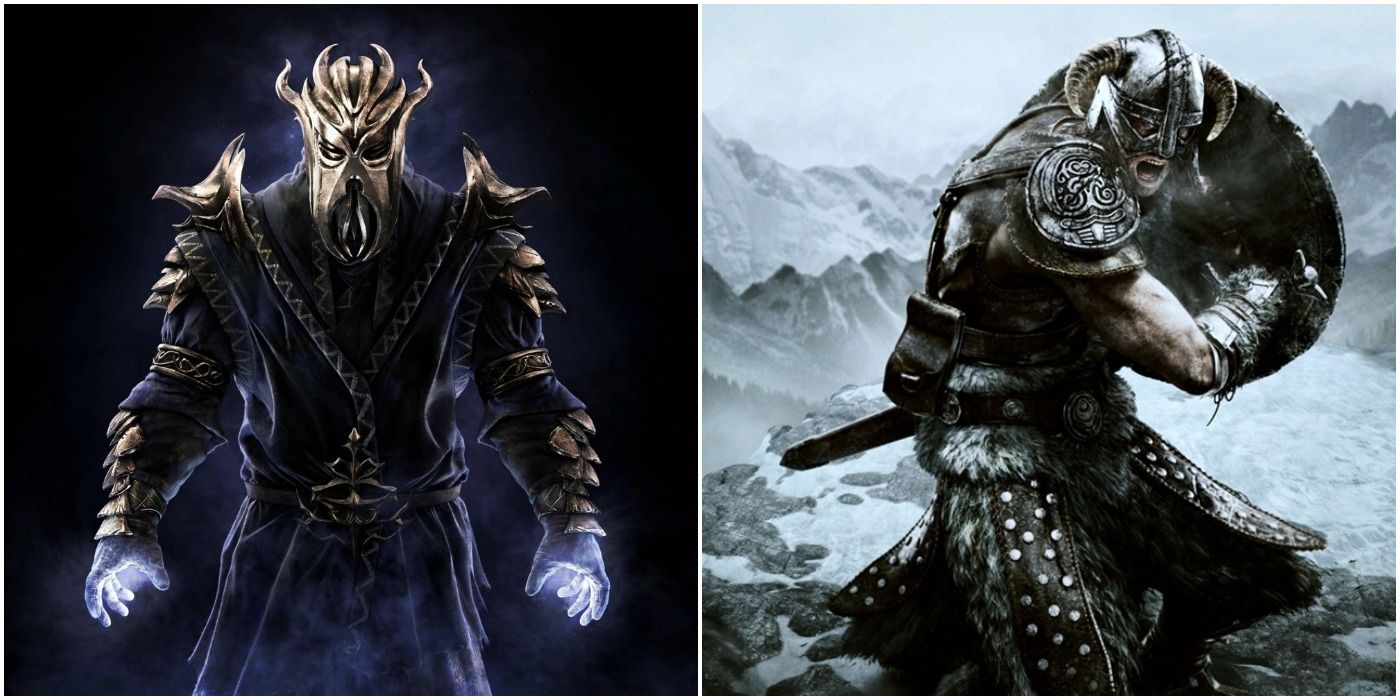
Related
Skyrim: Every Dragonborn, Ranked By Power
The Dragonborn is a species that’s a main focus in Skyrim, but some are more powerful than others.
Although you encounter the Daedra more often during your playthrough, you’ll hear mention of the Aedra through either the books you find or certain people you meet. Both are considered the gods of the Elder Scrolls universe, but there are clear differences between the two, and we’ll give you a detailed rundown as to what they are.
The Creation Myth
Before diving deeper into the Aedra and the Daedra, we believe it crucial to start with the creation myth of Nirn. Both Aedra and Daedra are considered et’Ada, which translates to ‘Original Spirits’ or gods. These beings were born from the meshing of Anu and Padomay, the two main primordial forces of the Elder Scrolls universe.
According to in-game lore, before there was even a distinction between the et’Ada, the god Lorkhan approached them with a proposition. Lorkhan desired to create the mortal plane, but could not do so alone. It’s not known what exactly he said to the et’Ada, but he managed to convince (or trick) some of them to give up a sizable portion of their power to create Mundus (also known as Nirn).
The et’Ada who donated their powers to form Nirn are known as the Aedra, while those who refused to participate were thereby known as the Daedra. In the Altmeri language, Aedra means ‘our ancestors’, while Daedra means ‘not our ancestors’.
Who Are The Aedra?
Although there are many instances of interacting with the Daedra (particularly the Daedric Princes), your chances of ever meeting one of the Aedra are close to zero. As a result of losing a large amount of their strength in the creation of Mundus, the Aedra were unable to interact or influence the mortal plane directly, which is something the Daedra have no problems doing.
What’s more, because of this significant loss of power and having a connection to Mundus, there is a high chance that an Aedra could be killed or suppressed — as demonstrated by what befell Lorkhan.
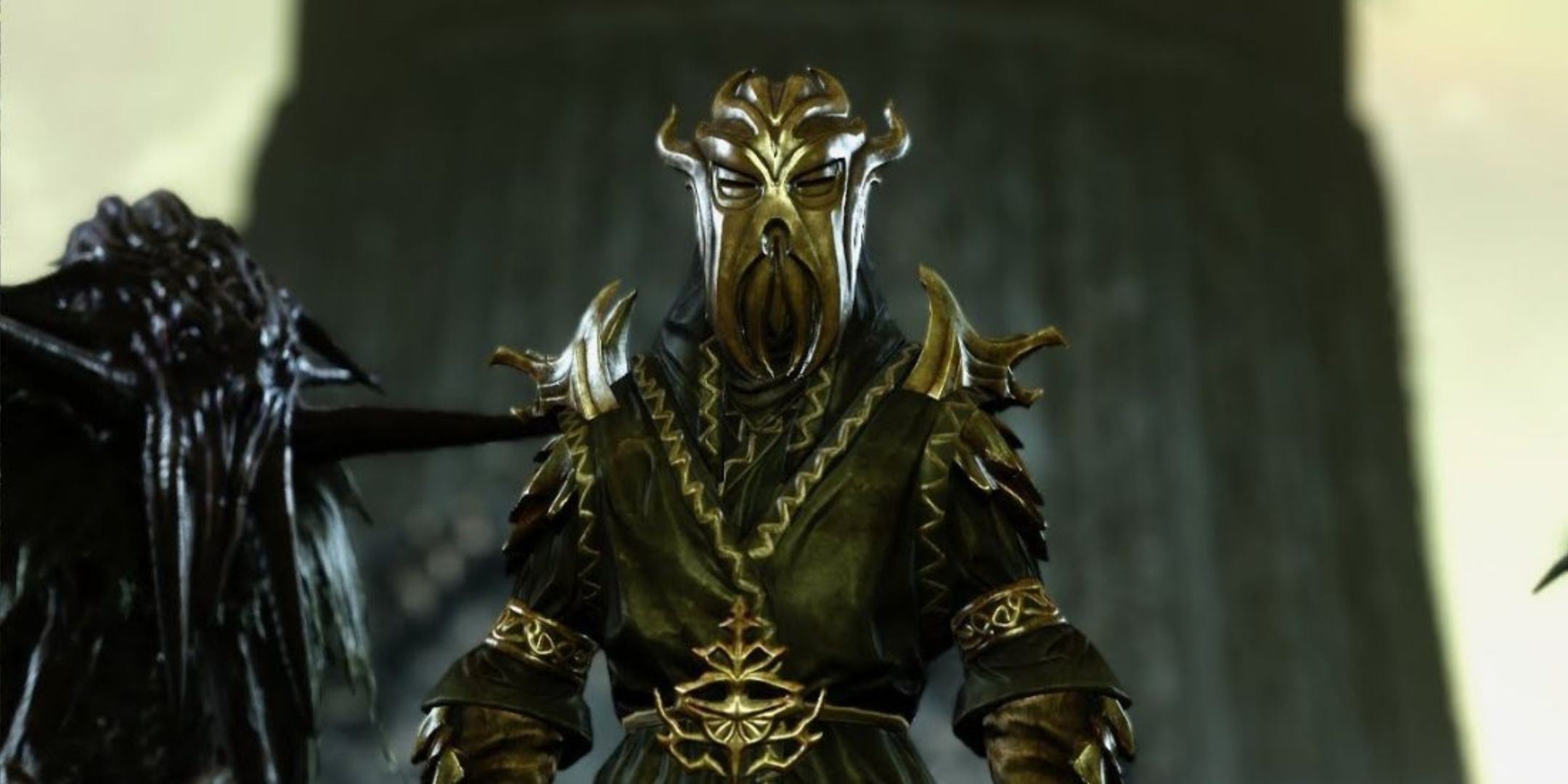
Related
Skyrim: Miraak’s Lore And Backstory, Explained
The first-ever Dragonborn and a Dragon Priest, Miraak is a key character in Skyrim’s universe. Learn more about him in this Explainer.
In the aftermath of Lorkhan’s deception, it is said that several Aedra fled to Aetherius while others decided to merge with other Aedra to survive. As a result, the Aedra are considered to be the precursor to all mortal races on Nirn; the Aldmeri (or High Elves) claim to be direct descendants of the Aedra through Auriel, who is said to have rebelled against Lorkhan.
Similarly to the Daedra, the Aedra control their own realms, but there is no evidence that attempts to contact any of the Aedra have been successful.
The Divines
Many different cultures in Nirn choose to worship the Divines in whatever way or form they wish that fits their concept of the world. With the exception of the Dunmer — who don’t worship any of the Aedra — most cultures worship a pantheon of Aedra deities. However, the most well-known tradition of Aedric worship comes in the form of the Divines.
Started by Saint Alessia, they were initially the Eight Divines, which consisted of Akatosh, Dibella, Arkay, Zenithar, Kynareth, Mara, Julianos, and Stendarr. However, by the end of the reign of Dragonborn Emperor Tiber Septim, the latter was raised to divine status as Talos.
The formation of the Nine Divines has resulted in religious schisms and conflicts, with the Thalmor resisting the idea of a human man being elevated to godhood with those they consider their ancestors — this is one of the reasons for the Stormcloak Rebellion in Elder Scrolls V: Skyrim.
In contrast, the Mer — particularly the High Elves — worship their own set of Aedra, with Auriel being the chief god of the pantheon. They also worship Trinimac, Syrabane, Phynaster, and Magnus, as well as Jode and Jone.
Who Are The Daedra?
Unlike the Aedra, the Daedra are at full strength, intervening in mortal matters as they see fit. As a result of not being tied to Mundus, they aren’t banished or killed as easily. Instead of donating some of their power to Mundus’ creation, the most powerful of the Daedra devoted their efforts to creating their own personal realms of Oblivion.
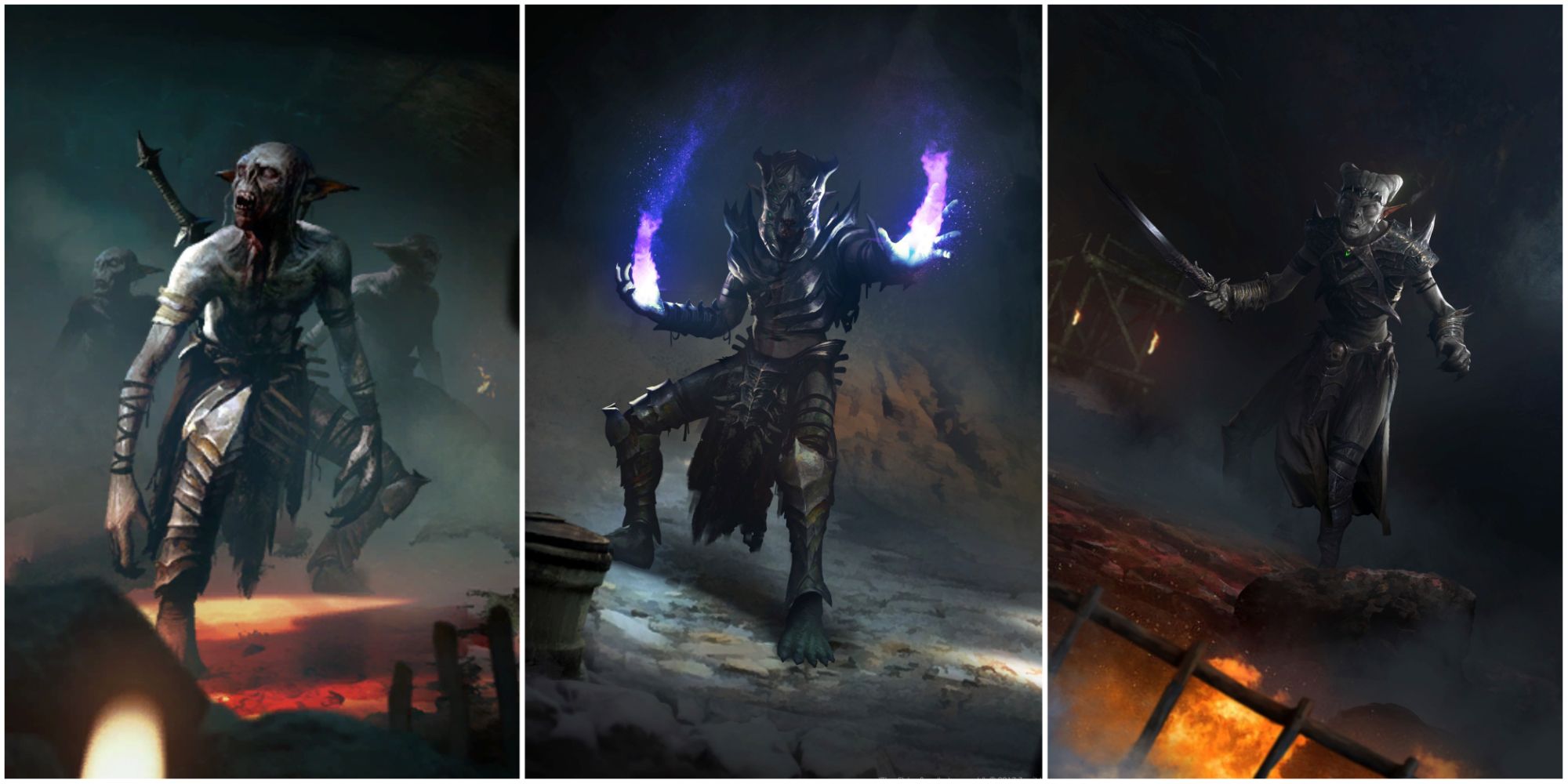
Related
The Elder Scrolls: What Happened To The Snow Elves?
These sightless foes inhabiting Dwemer ruins have a more tragic story than you might initially believe.
In some cultures, the Daedra are worshipped as gods. As mentioned previously, the Dunmer were noted for worshipping certain Daedric Princes. Although Daedric worship faded with the emergence of The Tribunal, they returned to worshipping Boethiah, Mephala, and Azura after the Tribunal’s disappearance. Other races, such as the Khajiit and the Orcs, are known for their worship of Azura and Malacath, respectively.
The Daedric Princes
The most powerful of the Daedra are the Daedric Princes, with about 18 of them in total. As mentioned before, these Princes govern their own realms, having full control over them. Although some are considered more malicious than others, the Princes are known for their unpredictable behaviour, commanding their own cult of followers throughout Nirn.
Like the Aedra, the Daedric Princes have the power to choose their own champions and gift them powerful Daedric artifacts to carry out their will.
Here is a rundown of each Daedric Prince, their respective realms, and their distinct relics:
|
Azura |
Moonshadow |
Azura’s Star |
|---|---|---|
|
Meridia |
The Coloured Rooms |
Dawnbreaker |
|
Peryite |
The Pits |
Spellbreaker |
|
Vaermina |
Quagmire |
Skull of Corruption |
|
Boethiah |
Attribution’s Share |
Ebony Mail |
|
Hermaeus Mora |
Apocrypha |
|
|
Malacath |
Ashpit |
Volendrung |
|
Hircine |
The Hunting Grounds |
Ring of Hircine |
|
Jyggalag |
Shivering Isles |
The Sword of Jyggalag |
|
Sheogorath |
Shivering Isles |
|
|
Sanguine |
Myriad Realms of Revelry |
Sanguine Rose |
|
Ithelia |
Mirrormoor |
|
|
Clavicus Vile |
The Fields of Regret |
The Masque of Clavicus Vile |
|
Mehrunes Dagon |
Deadlands |
Mehrunes’ Razor |
|
Mephala |
Spiral Skein |
Ebony Blade |
|
Namira |
The Scuttling Void |
|
|
Molag Bal |
Coldharbour |
The Mace of Molag Bal |
|
Nocturnal |
Evergloam |
|
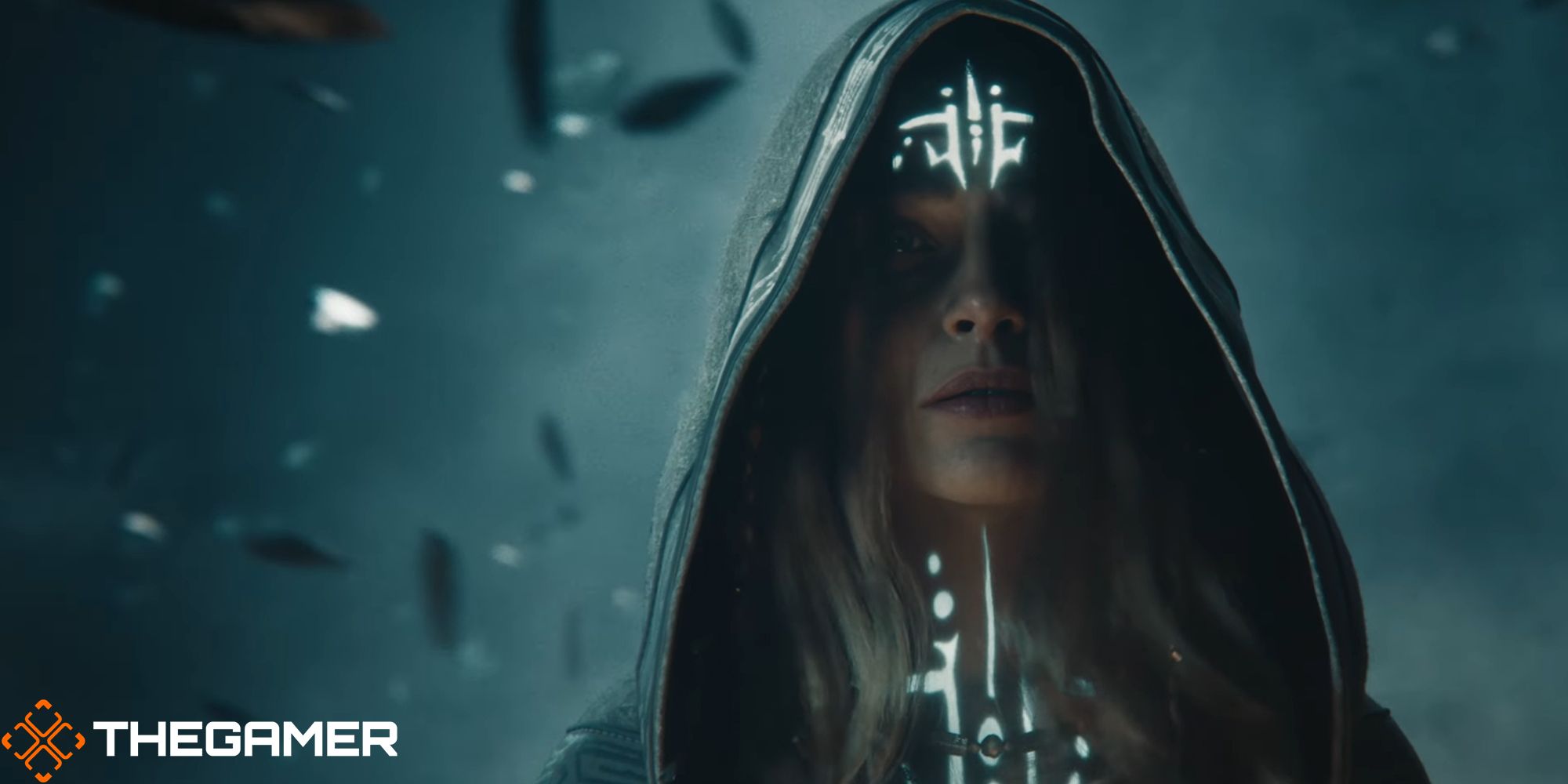
Next
The Elder Scrolls Online: Who Is Ithelia?
Here’s everything you need to know about the Forgotten Prince of Paths.
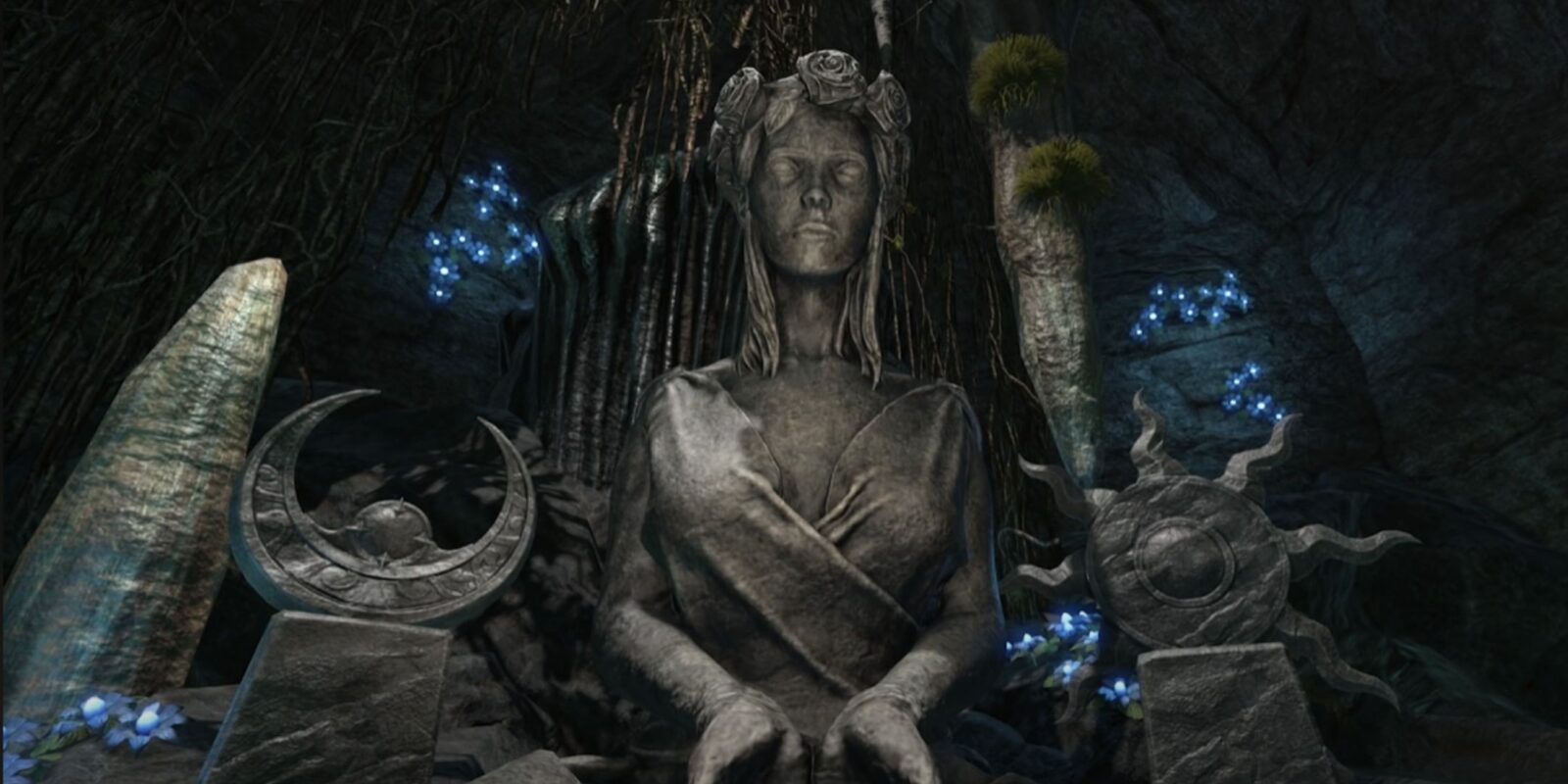

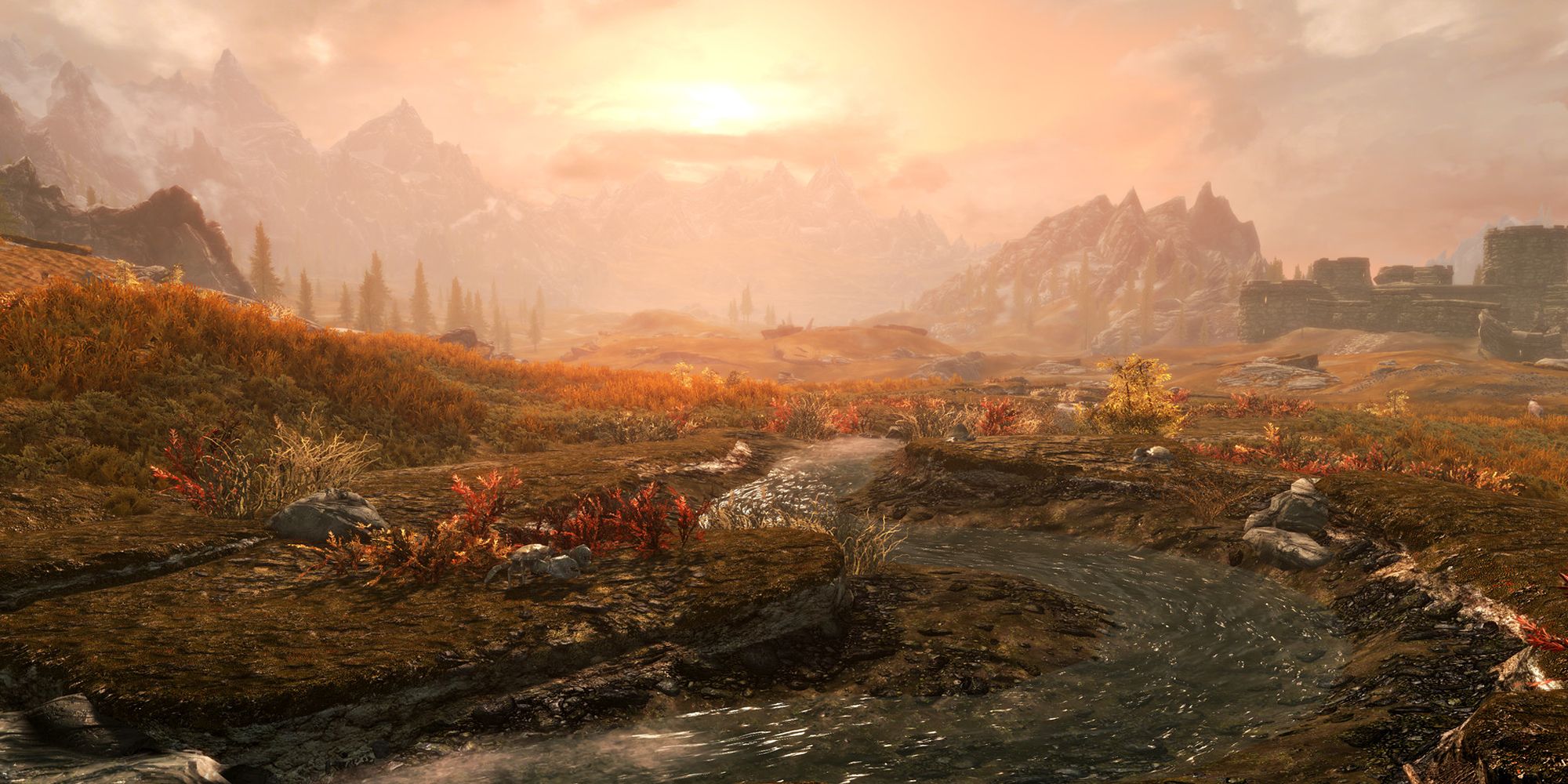
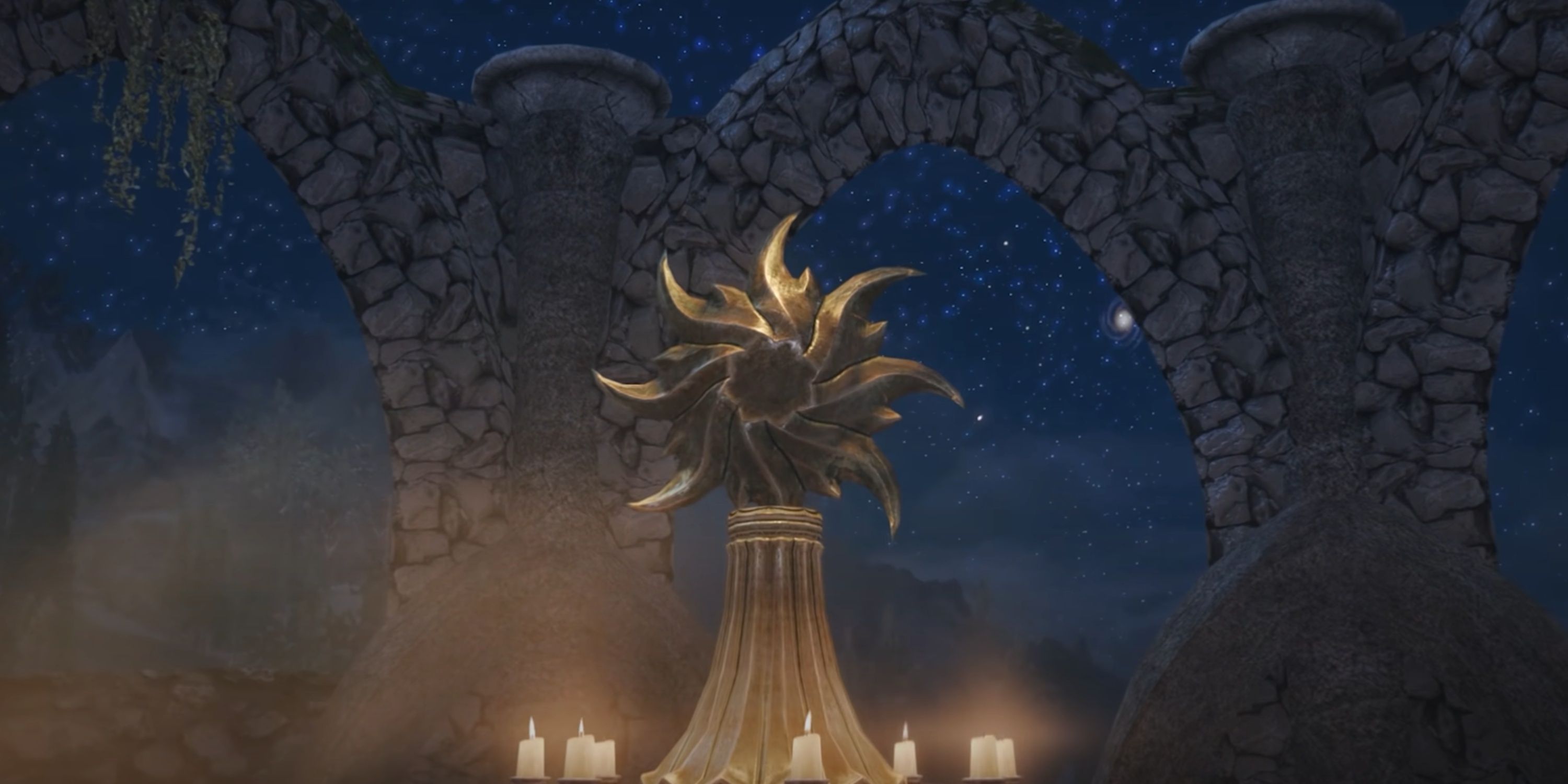
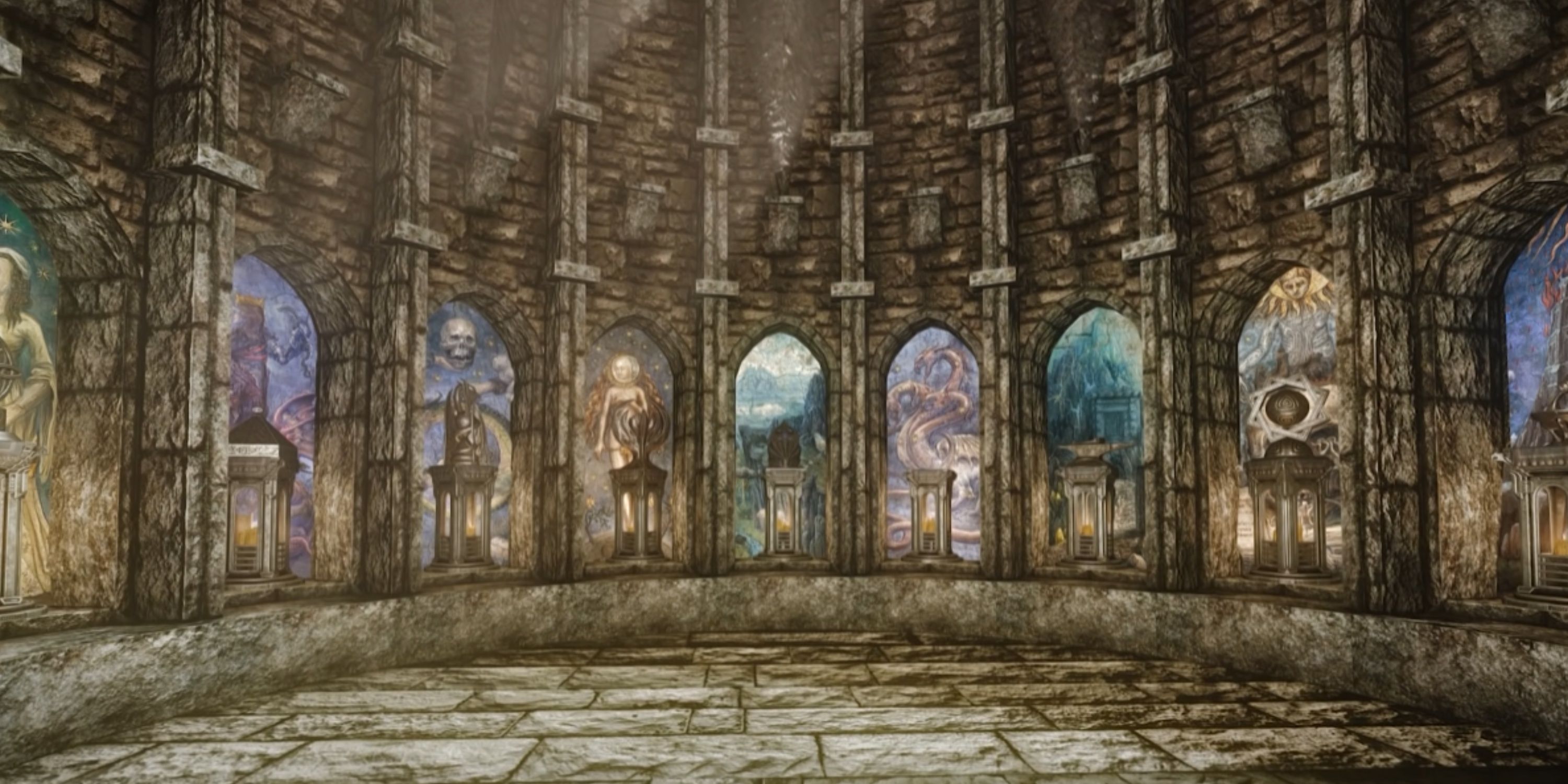
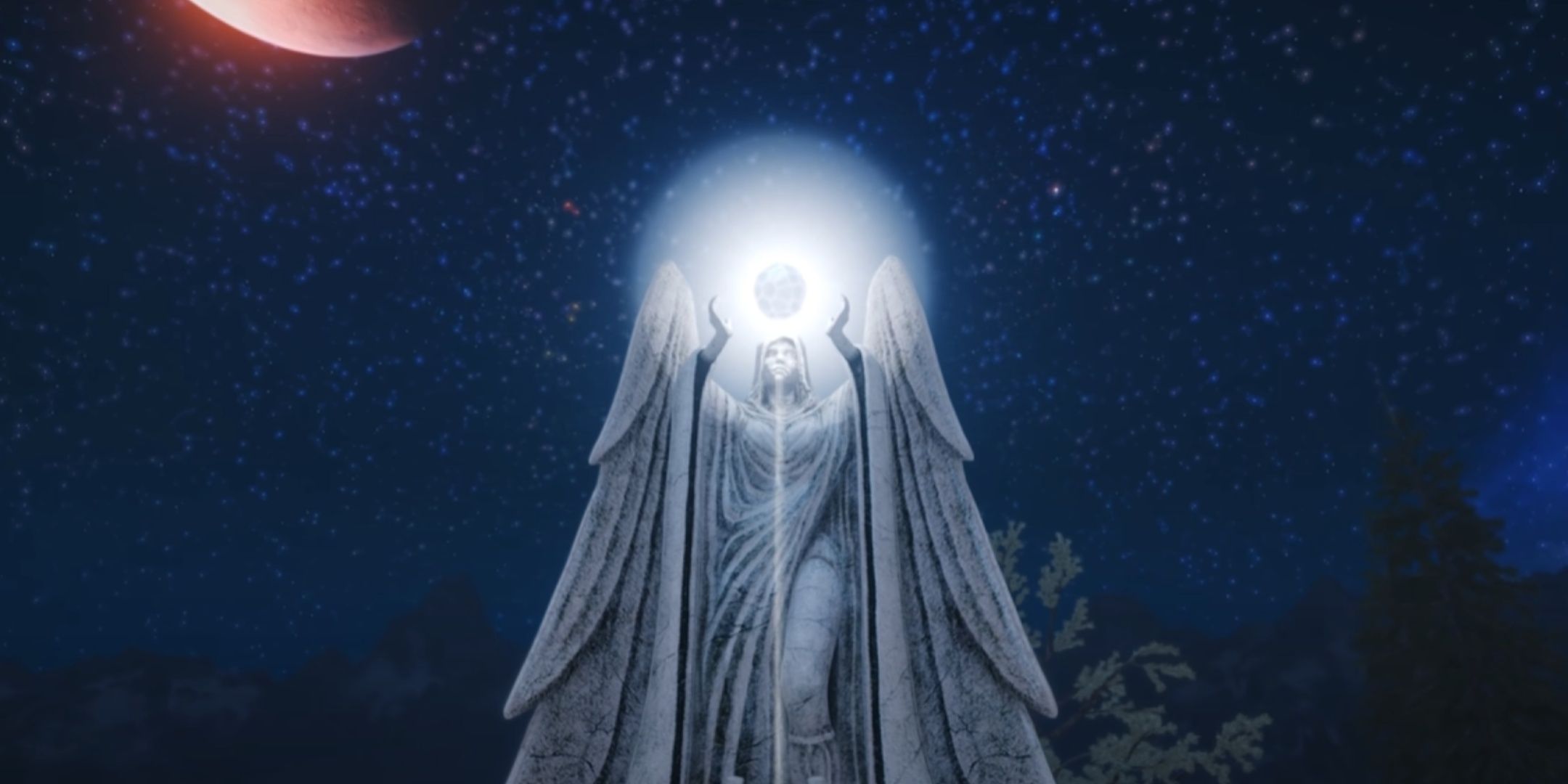
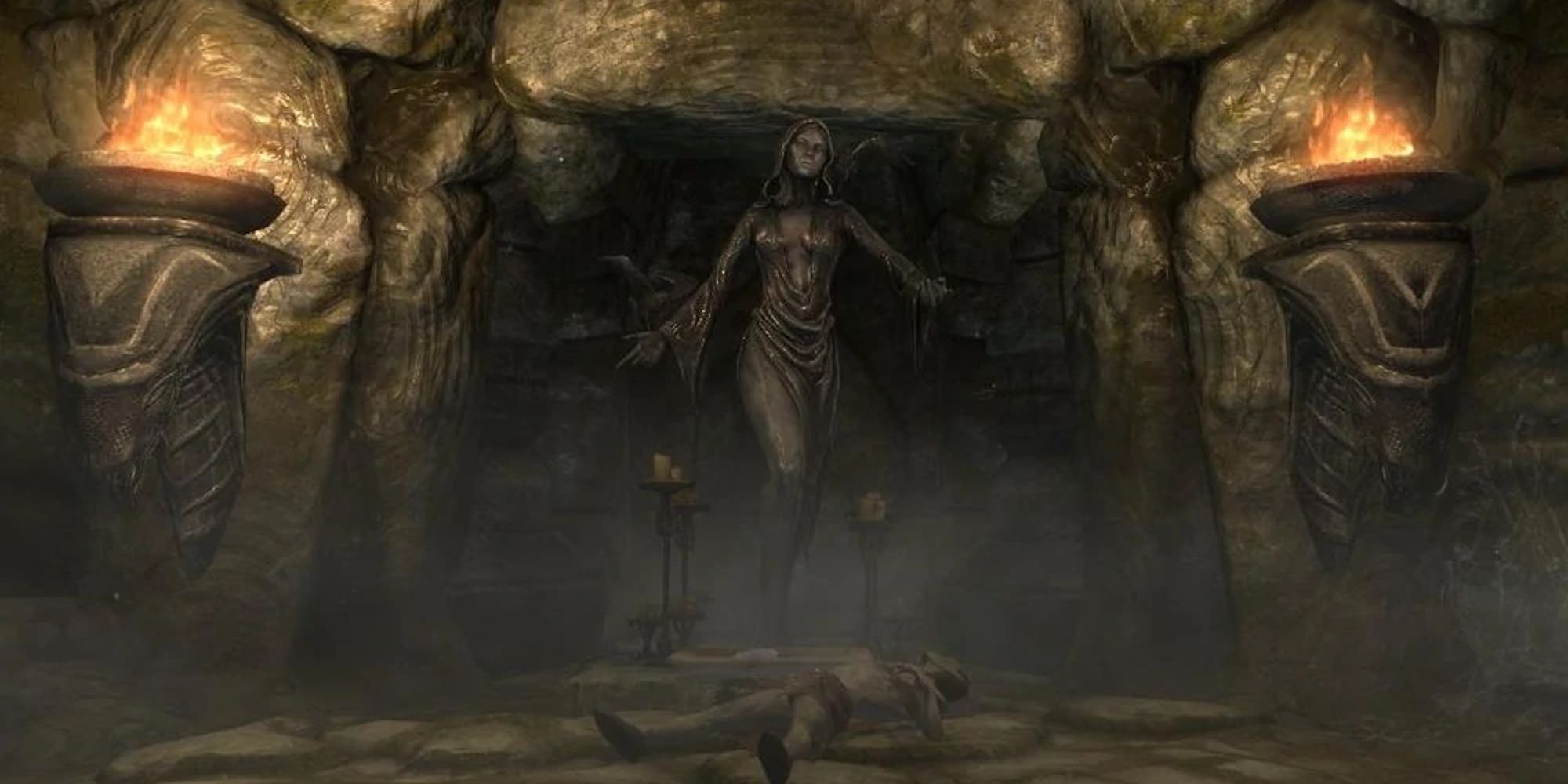


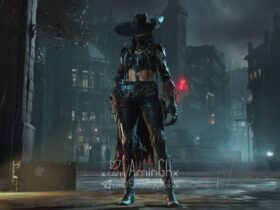







Leave a Reply